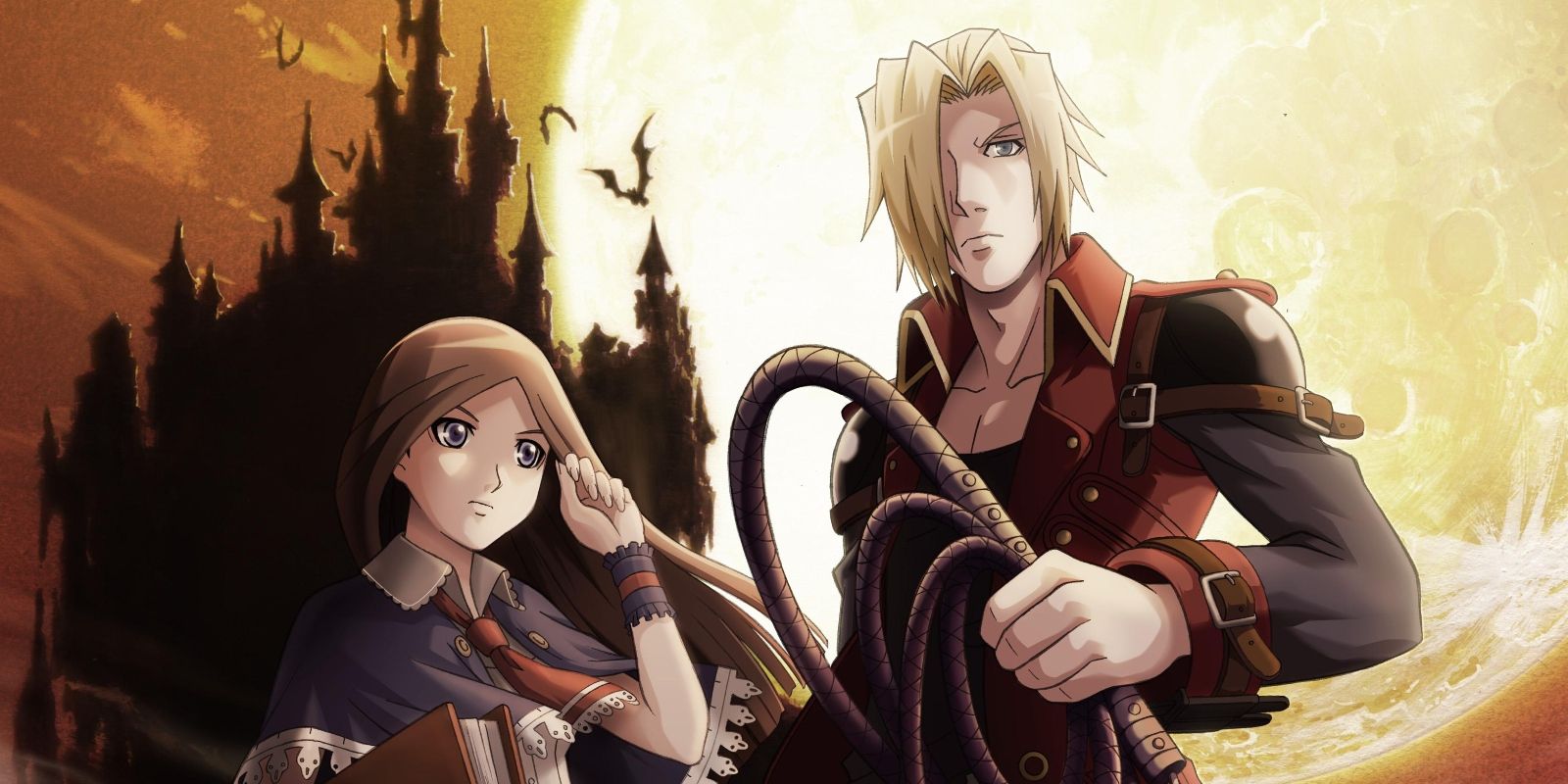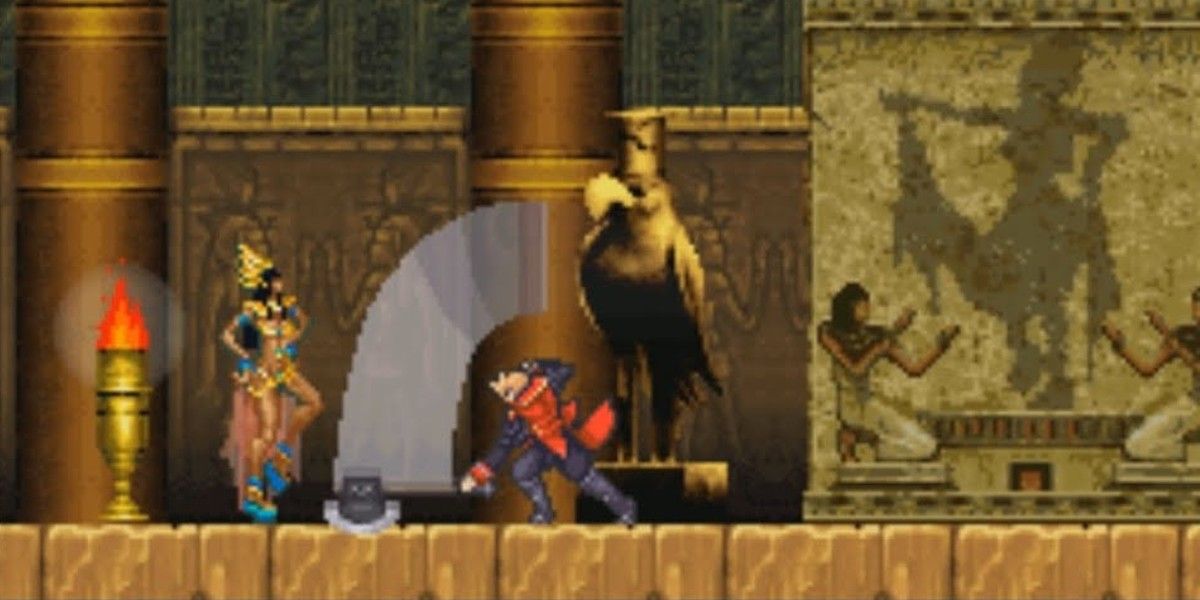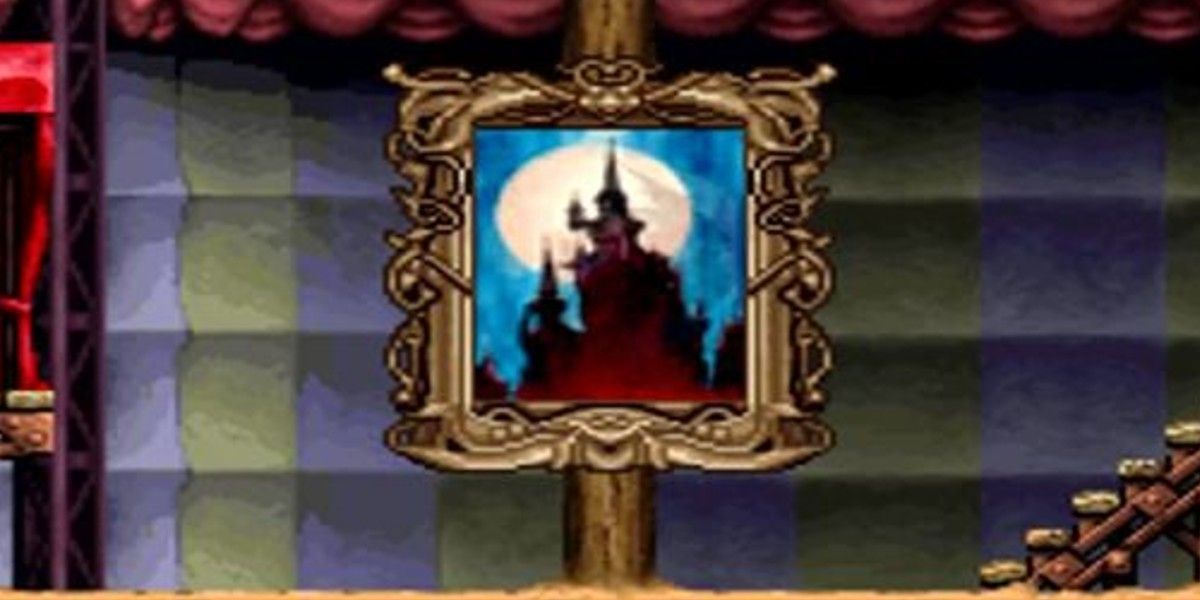For over 30 years, the Castlevania series put out games for players to experience, ranging from the original platformers to the more recent Metroidvanias games the series became known for. With so many games, players often compare each entry to one another, especially when it comes to other Castlevania games released on the same platform. One such game that often goes underappreciated when one remembers the handheld Castlevania games is Portrait of Ruin, despite being one of the best the series offers.
Castlevania: Portrait of Ruin released for the Nintendo DS on Dec. 5, 2006, and featured the player taking control of two characters simultaneously. These characters were Jonathan Morris, descendent of John Morris from Castlevania: Bloodlines, and Charlotte Aulin. The game differentiated itself from the rest of the series through how players interacted with the two characters and how they could enter and explore certain paintings within the castle.
One thing that makes Portrait of Ruin such a good game is its roster of bosses. Not every boss is great, but the bosses are generally well-designed and offer a challenge without feeling unfair. The obvious example of this is the final fight against Dracula and Death at the end of the game. Anyone who's played the game will likely says that it's one of the best fights the series has to offer, but that isn't the only stand-out. Other bosses such as Astarte that make use of both characters lead to more interesting combat scenarios than other games.
Another aspect that brings the game above its peers is the aforementioned two characters. Players can choose to have both on the screen at the same time (with one acting as an NPC), or they can keep one on the screen and switch between the two. Not only does this let players easily swap characters depending on what playstyles they prefer, as each offer a unique way to play. The dual protagonists also allow for interesting puzzles. Instead of everything simply focusing on platforming, some areas require the player to position both characters correctly and swap between them to progress through the area, adding another level of nuance to the game's world.
One of the more divisive sections of Portrait of Ruin is its level design, specifically in the use of the paintings. While some find them lackluster, they are actually where the game truly shines. One advantage the paintings give the game is a diversity of enemies. Each one has enemies within that aren't found anywhere else, helping to make each area memorable and unique for players. On top of this, these areas are more linear than the rest of the castle, and while some see this as a negative, it's really a boon. This provides a nice reprieve, as players can know where to go while still having new areas to explore and offshoots that one knows won't take too long.
Castlevania: Portrait of Ruin is certainly not a perfect game. It has its flaws, but so does every other Castlevania game, including the beloved Symphony of the Night. What makes a game great is whether the game can pull players past the flaws to become something that they actually enjoy. While not everyone may feel this way about Portrait of Ruin, it should at least be given a chance.



